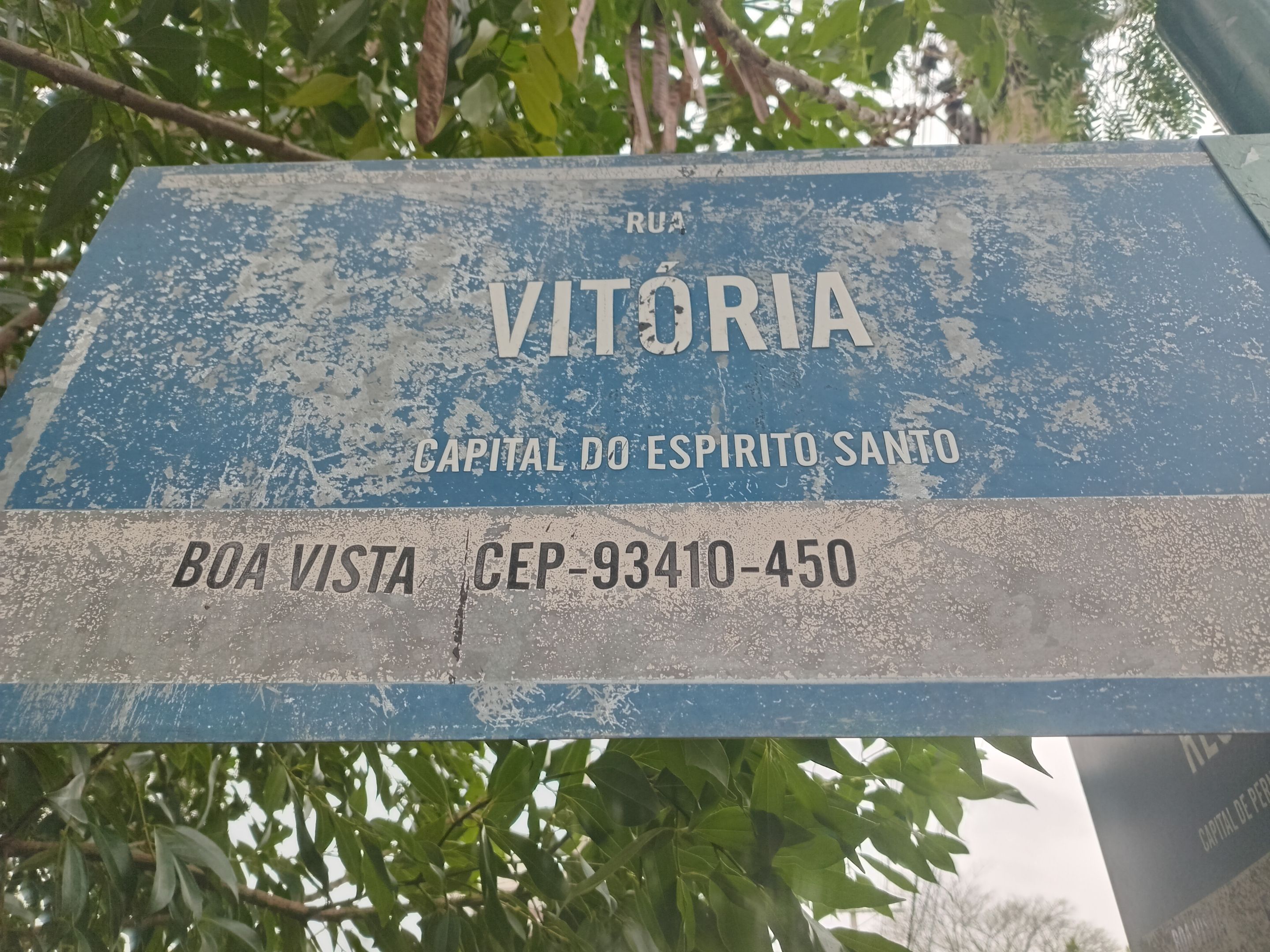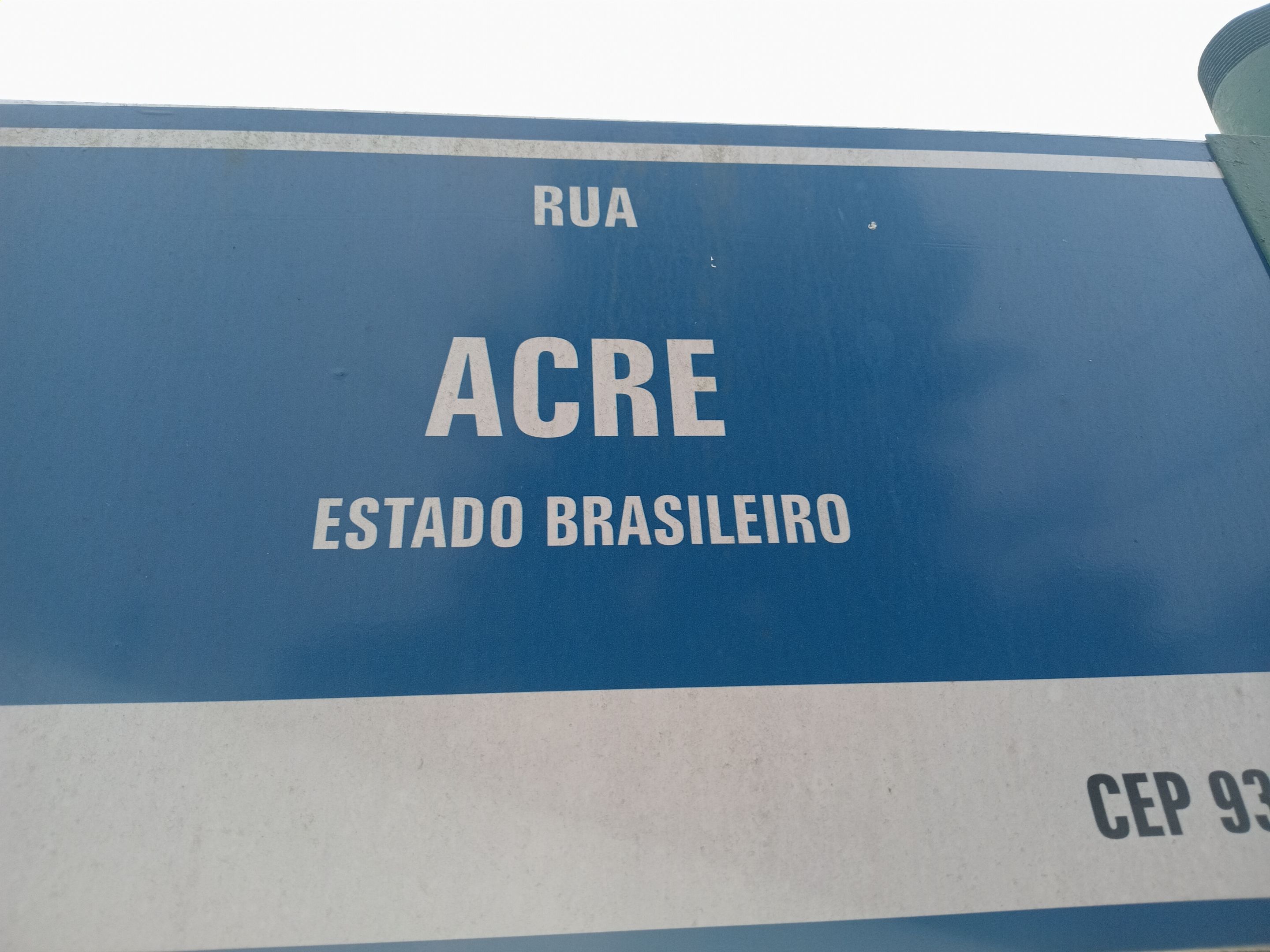One of the things we’ve enjoyed most about Brazil is its incredible diversity of cultures, traditions, foods, and dialects. Each part of the country feels unique. The northeast, for example, is completely different from the south. We live in the south, in Rio Grande do Sul, specifically in Novo Hamburgo. Here, I’ve found many similarities with traditions from eastern Venezuela.
In Venezuela’s eastern region, especially in Guárico, people often wear hats and, on special occasions, the traditional white suit called liqui-liqui. Llanera music is part of daily life there, with its harp, cuatro, and maracas, accompanied by a dance that defines the region’s identity. In southern Brazil, there is a similar figure: the gaucho.
The gaucho shares much with the Venezuelan llanero. Both love horseback riding, wearing wide-brimmed hats, carrying a sword at the waist, and dressing in traditional clothing. For gauchos, this means baggy trousers, a white shirt, and a short necktie-like accessory.
Their traditional dance is elegant, respectful, and full of character. Known as fandango, it is still taught and performed in many places. I find it beautiful that older generations keep these traditions alive.
As in Venezuela, some younger people are moving away from these customs. Yet here in the south, many still gather to drink chimarrão—a hot herbal drink—while talking with family, often with popcorn on the side.
Brazil is a vast country, and we’ve truly enjoyed living here. This region includes three main states: Paraná, Santa Catarina, and Rio Grande do Sul. They are known for livestock, fishing, and industry.
Years ago, this area was one of the largest exporters of shoes. Novo Hamburgo, our city, was once called the “capital of footwear.” Times have changed, but these states remain an economic pillar.
Today, beef, rice, soy, and other products from here are sold across Brazil and abroad. This is one of the regions with the most job opportunities. That’s why many immigrants, including us, have chosen to settle here.
The economy is stable, and life feels balanced. It’s inspiring to see that, despite changes over time, traditions are still respected—making this state both culturally rich and beautiful.
>Una de las cosas que más nos ha gustado de Brasil es la diversidad de culturas, tradiciones, comidas y dialectos. Cada parte del país es diferente. El nordeste, por ejemplo, es muy distinto al sur. Nosotros vivimos en el sur, en Río Grande del Sur, específicamente en Novo Hamburgo. Aquí he notado muchas similitudes con tradiciones del oriente venezolano.
>En la región oriental de Venezuela, especialmente en Guárico, la gente suele usar sombreros y, en ocasiones especiales, el traje blanco llamado liqui-liqui. Allí es común escuchar música llanera, con arpa, cuatro y maracas, acompañada de un baile que identifica a la región. En el sur de Brasil existe una figura similar: el gaucho.
>El gaucho comparte mucho con el llanero venezolano. A ambos les gusta montar a caballo, usar sombrero de ala ancha, llevar espada en la cintura y vestir ropa tradicional. En el caso del gaucho, esto incluye pantalón bombacho, camisa blanca y una especie de corbata corta.
>Su baile tradicional es elegante, respetuoso y con mucho carácter. Se le conoce como fandango y aún se enseña y se practica en muchos lugares. Me parece muy bonito que las generaciones mayores mantengan vivas estas costumbres.
>Como en Venezuela, muchos jóvenes se han alejado de estas tradiciones. Sin embargo, aquí en el sur todavía hay quienes se reúnen para tomar chimarrón, una bebida caliente de hierbas, mientras conversan en familia, a veces acompañando con palomitas de maíz.
>Brasil es un país muy grande, y hemos disfrutado mucho vivir aquí. Esta región está formada por tres estados principales: Paraná, Santa Catarina y Río Grande del Sur. Son conocidos por su ganadería, pesca e industria.
>Hace años, esta zona fue una de las mayores exportadoras de calzado. Novo Hamburgo, nuestra ciudad, era llamada la “capital del calzado”. Aunque eso ha cambiado, estos estados siguen siendo un pilar económico.
>Hoy en día, la carne, el arroz, la soya y otros productos que se producen aquí se venden en todo Brasil y en el extranjero. Esta es una de las regiones con más oportunidades de trabajo, por lo que muchos inmigrantes, incluido nosotros, hemos decidido establecernos aquí.
>La economía es estable y la vida se siente equilibrada. Es inspirador ver que, a pesar de los cambios, las tradiciones siguen siendo respetadas, haciendo de este estado un lugar culturalmente rico y hermoso.



Ismael D. Rodríguez
Discord ismaelrd04#9345


 

Gracias a estos Testigos por hacer de Hive, el mejor lugar en todo lugar: @guiltyparties @enginewitty @thealliance @c0ff33a


 
